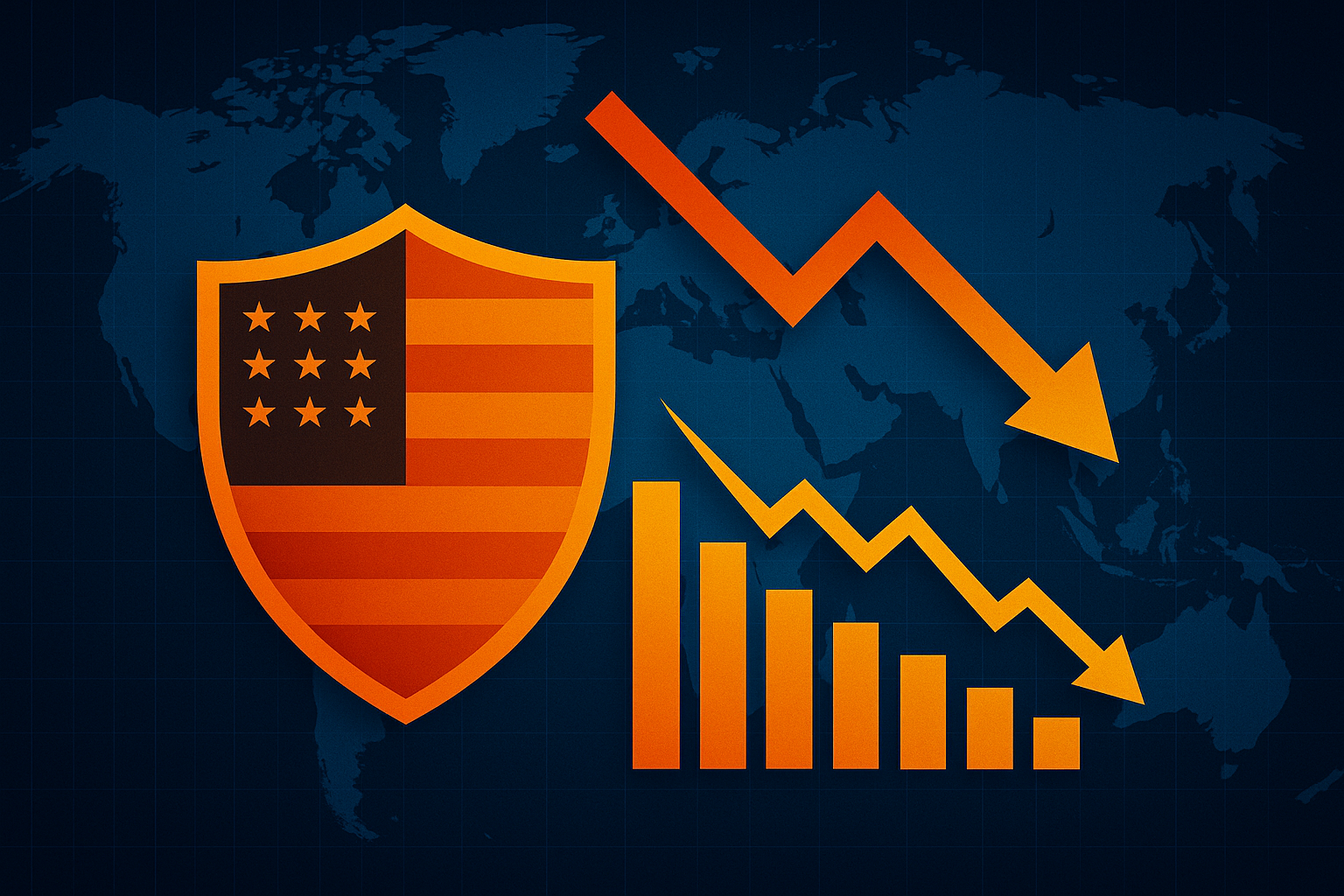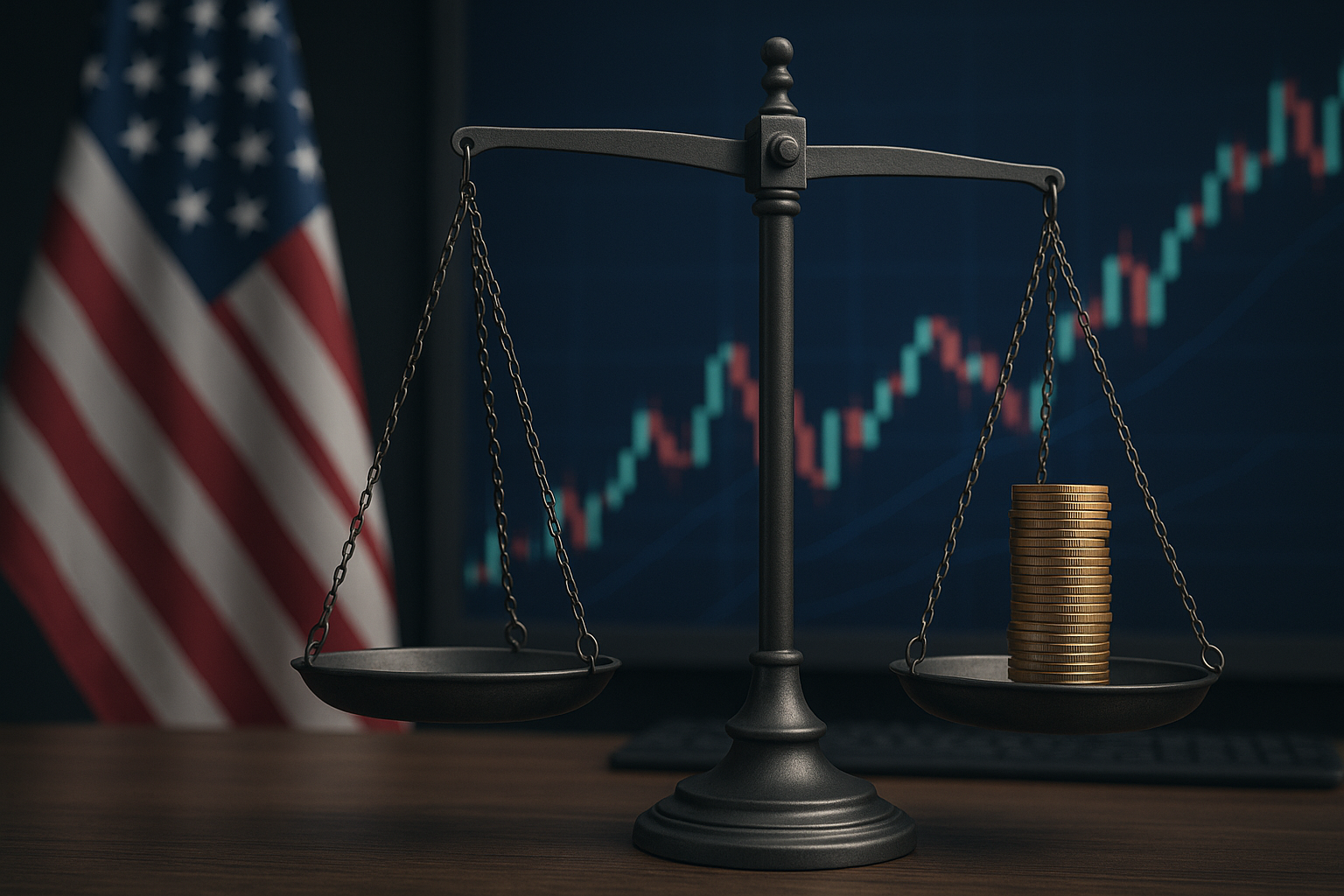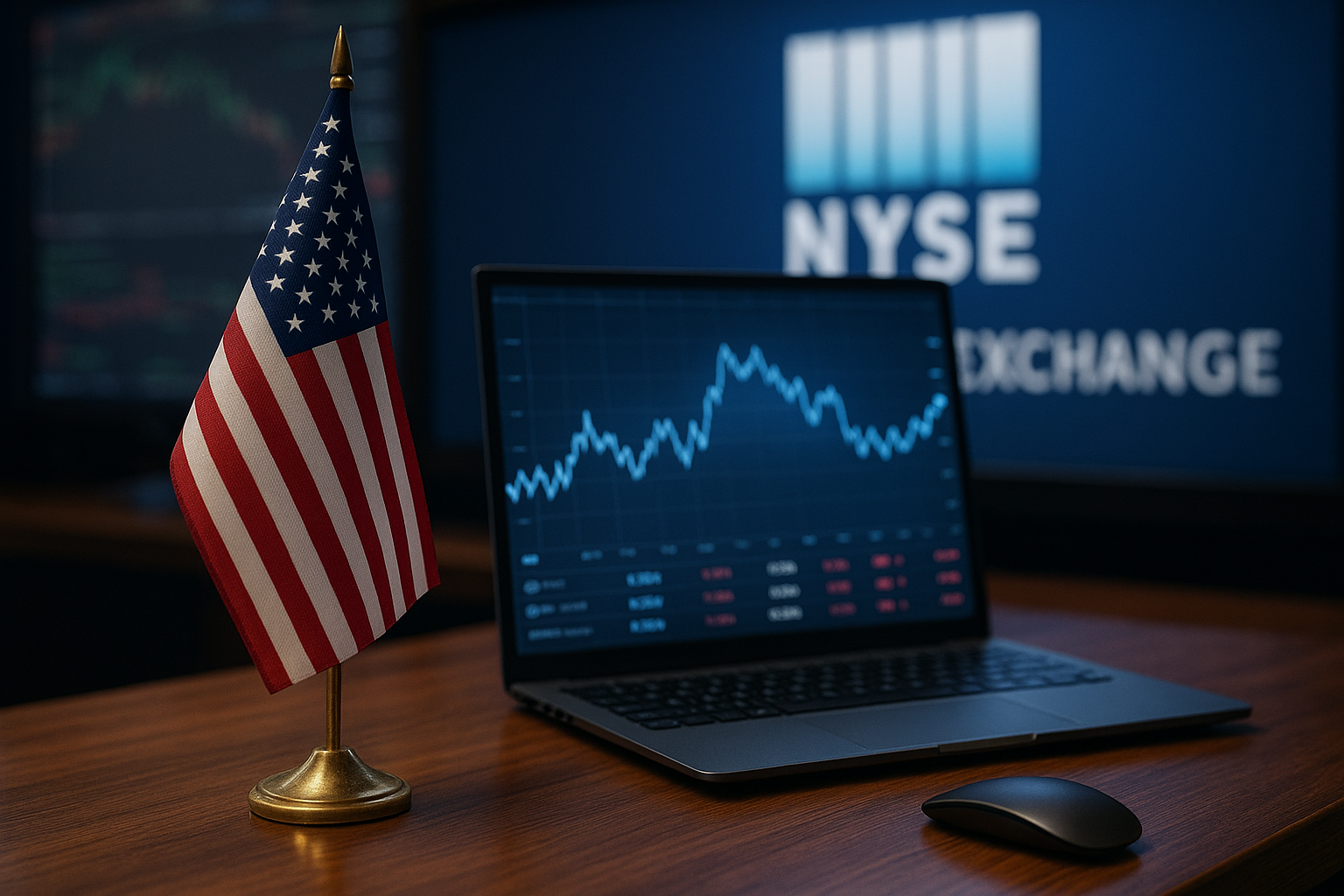Markets across the globe were jolted into turbulence on Monday, July 7, 2025, after the U.S. administration unveiled a sweeping set of new tariffs targeting imports from BRICS-aligned nations, including China, Russia, India, Brazil, and South Africa.
According to Reuters and Business Insider, the tariffs—framed as measures to “rebalance economic fairness and protect domestic industries”—have triggered swift retaliatory rhetoric from affected countries and renewed fears of a global trade slowdown. Within hours of the announcement, major equity indices dipped across Asia and Europe, and volatility spiked in U.S. futures markets.
The reaction marks one of the sharpest trade-induced corrections in recent quarters, prompting investors to recalibrate portfolios amid growing geopolitical friction.
A Flashpoint in Global Trade Tensions
The tariff policy includes a 10–25% hike on a broad range of goods, from semiconductors and pharmaceuticals to rare earth metals and agricultural exports. While exact implementation dates are pending, markets are already pricing in the potential fallout.
The Dow Jones Industrial Average fell 1.7% intraday, while the FTSE 100 slid 1.4%, and the Nikkei 225 posted a 2.1% drop amid fears of disrupted supply chains. Emerging market currencies, particularly the South African rand and Brazilian real, also took a hit as capital outflows increased.
According to The Times and AP News, China’s Ministry of Commerce warned of “strong countermeasures” and signaled potential restrictions on strategic exports—further fueling uncertainty.
Why This Matters for Investors
These developments come at a delicate juncture. Global markets had been rallying on the back of easing inflation and optimism around AI-fueled growth. Now, the tariff escalation introduces a new layer of risk, particularly for sectors deeply integrated into global supply chains.
Key pressure points include:
- Tech and Semiconductors: Companies dependent on cross-border component sourcing, such as Apple (AAPL), AMD (AMD), and TSMC (TSM), are exposed to higher input costs and potential disruption.
- Industrial Machinery & Manufacturing: Tariffs on intermediate goods may weigh on capital expenditure cycles and margins for firms like Caterpillar (CAT) and General Electric (GE).
- Commodities & Agriculture: Countries like Brazil and India facing higher trade barriers could see demand-side shifts impacting global commodity flows.
As GoodReturns.in notes, analysts have already begun revising earnings projections for multinational firms with heavy BRICS exposure.
Future Trends to Watch
1. Supply Chain Realignments:
Expect renewed focus on friend-shoring and regional diversification, especially in semiconductor fabrication, EV supply chains, and pharmaceuticals.
2. Rise in Currency Hedging & Commodity Derivatives:
With increased FX volatility in emerging markets, hedge funds and institutions are boosting exposure to hedging instruments and global macro strategies.
3. Central Bank Intervention Signals:
The European Central Bank (ECB) and Reserve Bank of India (RBI) have indicated readiness to stabilize currency swings, suggesting more active monetary interventions may be on the horizon.
4. Political Risk Premiums Rise:
As trade becomes increasingly politicized, portfolio managers may assign higher risk premiums to equities in sectors or geographies vulnerable to sudden policy shifts.
Actionable Takeaways
💡 Key Investment Insight:
The U.S. tariff move marks a re-escalation of protectionist policy trends with wide-reaching implications. Investors should:
- Reassess sector exposures, especially in manufacturing, tech, and commodities.
- Increase allocation to defensive assets such as U.S. Treasuries, gold, and dividend-paying stocks in utilities and healthcare.
- Watch for opportunities in logistics, nearshoring infrastructure, and alternative trading hubs, such as Mexico, Vietnam, and Eastern Europe.
Also consider volatility hedges (e.g., VIX ETFs) and diversified international ETFs that reduce overexposure to BRICS-linked risk.
As trade dynamics grow more complex, vigilance will be the investor’s most valuable tool. Stay informed, stay agile, and stay ahead with MoneyNews.Today—your essential source for credible, actionable market intelligence.





